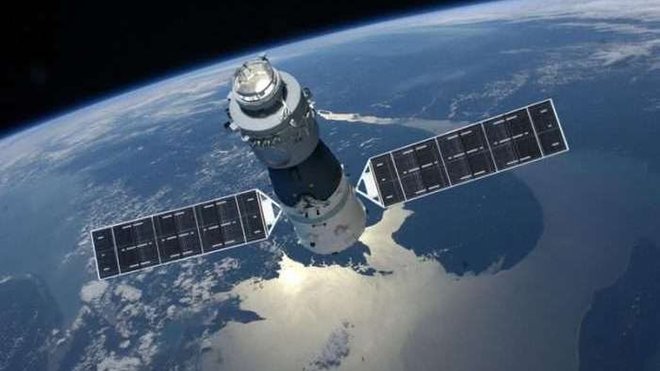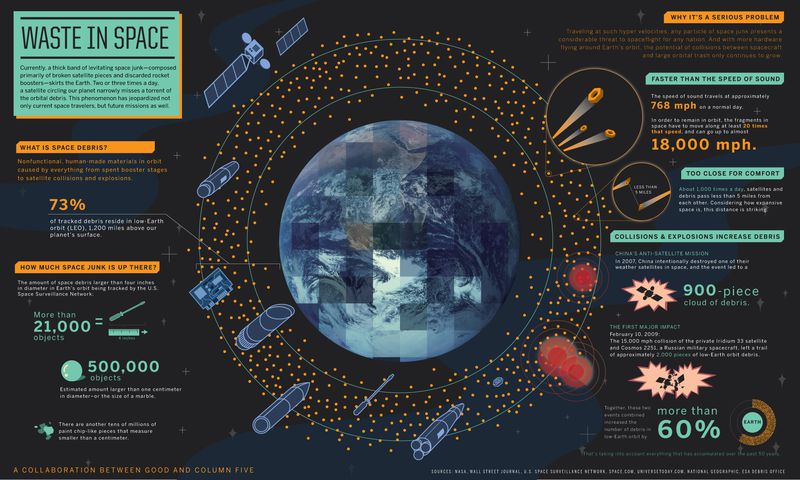
Reports of an out-of-control space station hurtling towards Earth may sound like a bad April Fools’ prank. However, this was no joke. At 5:16 pm PDT on April 1 (April 2, 00:16 GMT), China’s school bus-sized Tiangong-1 met a fiery end over the South Pacific, ending weeks of uncertainty as to when and where it would land.
The 8.5 metric ton, 34-feet-long by 11-feet-wide (10.4 meters by 3.4 meters) prototype station, whose name means “Heavenly Palace” in Mandarin, was launched in September 2011. Its purpose was to test docking technologies and other skills China needed to fine-tune before establishing a permanent space station, planned for the early 2020s. Designed to house two astronauts at a time, it successfully docked two manned spacecrafts — the 2012 Shenzhou 9 mission that included China's first female astronaut and the 2013 Shenzhou 10 mission.

On March 2016, the Chinese National Space Administration announced they had lost all contact with the now defunct station, and, therefore, were unable to alter its orbit or control its reentry. Since then, experts have been carefully monitoring the lifeless mass of metal, which has been steadily making its way back to Earth. In mid-March of this year, it was evident that Tiangong-1 would return within a few weeks.
However, the lack of communication made it impossible for experts to calculate precisely when and where the rogue spacecraft would land until a few hours before impact. While they expected most of the derelict station to burn up as it entered the atmosphere, there was concern that small pieces that survived reentry could cause damage if they fell in a populated area. Hence, there was a sigh of relief when the remains of the Heavenly Palace landed in the ocean close to Tahiti, around 2,500 miles south of Hawaii and some 2,800 miles northeast of Auckland, New Zealand.

According to current estimates, there are about 160 million pieces of space junk — 22,000 of which are bigger than 4 inches — floating around space uncontrolled. Though experts believe the odds of being hit by falling debris are fewer than one in 300 trillion, it could happen. The larger pieces could also cause damage to other objects in orbit, like satellites or the International Space Station. Additionally, while items at low orbit (120+ miles above earth), like the Tiangong-1, fall back to Earth within a few years, the trash higher up (620+ miles above earth), can rotate for centuries. Researchers assert that if we continue to pollute the skies at the current rate, the floating debris will make space travel dangerous, which means humans may never be able to leave Earth again!
Resources: Vox.com, Space.com, NewAtlas.com
